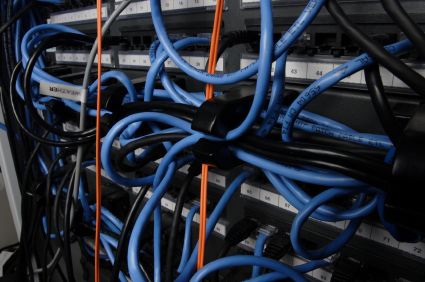Future Malware to Be Injected into Systems via Electromagnetic Interference

Modern malware can infect computers in quite a number of ways, but future infections will be able to take over networks not even connected to the Internet. The infiltration mechanism under research at the Intelligence and Information Warfare Directorate (I2WD) is based on the interference induced in conductors such as network cables, which act as wireless antennae broadcasting information being transferred through them.
This bold initiative, called the Tactical Electromagnetic Cyber Warfare Demonstrator program, plans to control this interference in a way to allow both the injection and extraction of data from and into sealed cable networks.
This initiative will take cyber-warfare to a whole new level, making threats such as Flamer, Stuxnet or RedOctober look like primitive tools of espionage, as the human vector to bring the threat into the high-security facility will be no longer necessary. Threats could be snuck into companies that strictly forbid the use of removable media as easy as parking a van in front of the target building and powering up the injector device.
According to Defense News, this is not Hollywood science-fiction, but rather an existing technology that only needs some polishing before taking over your network at the flip of a button. Of course, transmission of complex data as residual noise is a highly complex task and collisions are likely to make the process a long and painstaking experience, but this type of attack is still highly plausible.
Just FYI, most critical networks are not wired using regular CAT5/CAT6 cabling, but rather the good-old coaxial cable, which has lower radiation and is much more insulated against electromagnetic interference. There is a good reason for spending three to five times the cost of a regular network – and now you know it.
tags
Author

Bogdan is living his second childhood at Bitdefender as director of threat research.
View all postsRight now Top posts
Start Cyber Resilience and Don’t Be an April Fool This Spring and Beyond
April 01, 2024
Spam trends of the week: Cybercrooks phish for QuickBooks, American Express and banking accounts
November 28, 2023
FOLLOW US ON SOCIAL MEDIA
You might also like
Bookmarks









